What Are Gerbs Ancient Grains? And Why You Should Eat Them?
Many ancient grains, or heritage grains, are gluten-free and versatile. From amaranth to spelt, ancient grains are loaded with trace vitamins and protein to keep you going. This particular group of grains is revered for its age and history: Greeks and Romans offered spelt to the gods; Aztecs considered chia seeds worthy of tribute, and farro is noted in the Old Testament. A resurgence of the old and the antiquated has made these grains once again shine in the spotlight, but what are they really?
Ancient grains are more than just relics from the past that have stood the test of time; they are cereals and seeds that have a robust texture and stellar nutritional profile.
“They contain lots of essential vitamins, particularly B vitamins, minerals like magnesium and potassium, more amounts of iron and they also contain protective elements like fibres and antioxidants,” said Chris Chapman, a nutrition project officer with the Grains, Legumes and Nutrition Council, “They’re nutritionally similar to grains…but they’ve got a little more bit more, which is unique and that is part of their popularity.”
Quinoa, millet, sorghum, amaranth, teff, freekeh, chia seeds, farro, spelt and Kamut all qualify as ancient grains. The latter three are not gluten-free, but some people with gluten or wheat sensitivities can tolerate them.
The health benefits of these grains range from a high omega-3 content to a hefty amount of B vitamins and zinc. A serving of farro or emmer wheat, for example, is high in protein (7 grams), fiber (7 grams), and iron (12%), plus it’s an easily digested strain of wheat. 10,000 years ago, farro was cultivated in the Fertile Crescent at the dawn of the agricultural revolution where it spread to Asia, Europe, Northeast Africa, India and Arabic peninsula. This variety of hulled wheat was said to have sustained the Roman army, but it is not sustaining health foodies and the health curious alike. But, farro’s story is not unique: all ancient grains have their place in history because their nutritional profiles, packed with complex carbohydrates, landed them a spot in it, just look at these three grains below.
Millet
The alkaline, complex carbohydrate and prebiotic, millet, is a staple of the Himalayan Hunzas, a people who have enjoyed superb health and longevity. The grain also contains serotonin for stress, niacin for cholesterol, and magnesium for migraines. Composed of 15 percent protein, millet is an excellent way for vegetarians and vegans alike to obtain sufficient protein requirements, plus it contains antioxidants, is gluten-free and hydrates the colon to ease constipation.
Sorghum
Hailing from Africa, this staple of Asia and West Africa is grown today in many countries, including the United States, India, and Nigeria, for it is the fifth most important cereal crop. Nutritionally, sorghum is high in fiber, protein, and B-complex vitamins. It is often used where conventional wheat is used.
Teff
This fun-size, quick cooking grain is super tiny and ideal for nomadic life, especially in the areas of Ethiopia and Eritrea where it has long-established ties. Teff can withstand many environmental conditions: it thrives in waterlogged areas, high altitudes, dry heat, droughts, and is not prone to plant diseases. Free of gluten, one cup of teff alone packs in 123 mg of calcium, a high dose of vitamin C, iron, protein, fiber, and resistant starch. Because teff is so tiny, it cannot be processed, so eating it in its whole form is necessary.
Ancient grains can be used in a multitude of recipes that traditionally call for wheat or rice. Pick up some freekeh, and make this delectable salad with earthy beets, crisp cilantro, and juicy lime. Vandana R. Sheth, RDN, CDE, Spokesperson for the Academy of Nutrition and Dietetics claims that this freaky freekeh is “higher in protein, fiber, vitamins, minerals and lower in glycemic index.”
Try some amaranth in a to-die-for baked good with bananas, maple syrup, and flax seeds. Or, fall back on some quinoa and make a crunchy pizza crust that is sure to please.
Original Post: http://www.onegreenplanet.org (Annalisa Palmer is a whole-foods, plant-based vegan, avid reader, weekly runner, and regular yogi.)
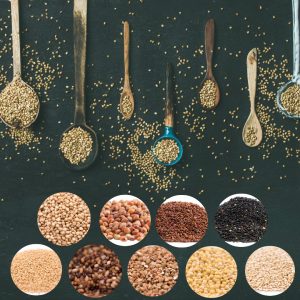
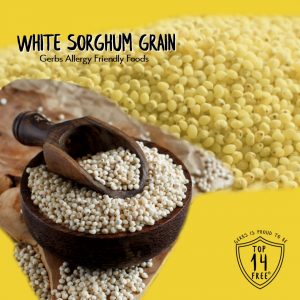
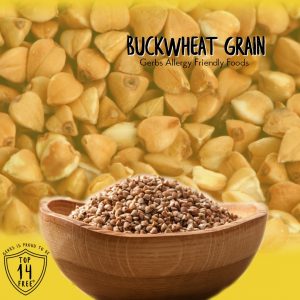
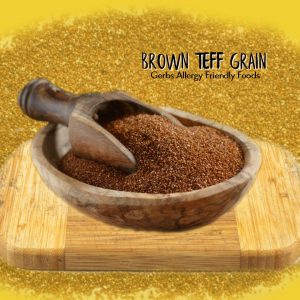
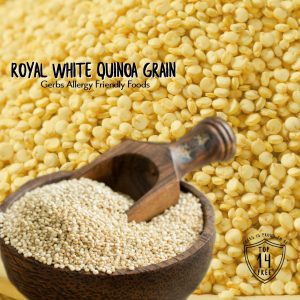
Leave a Reply